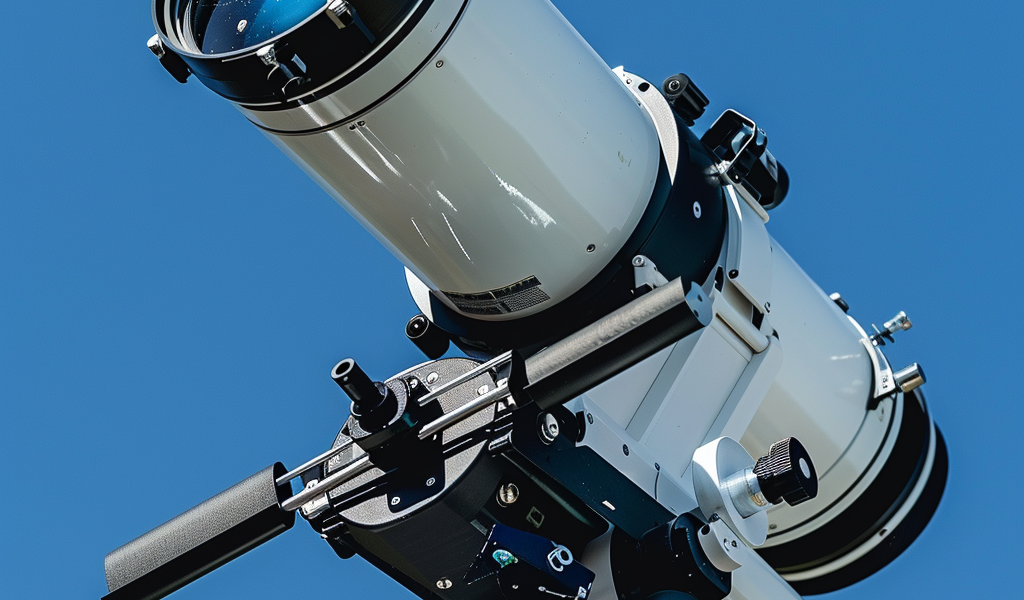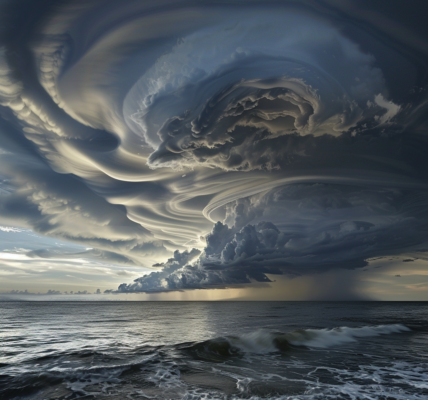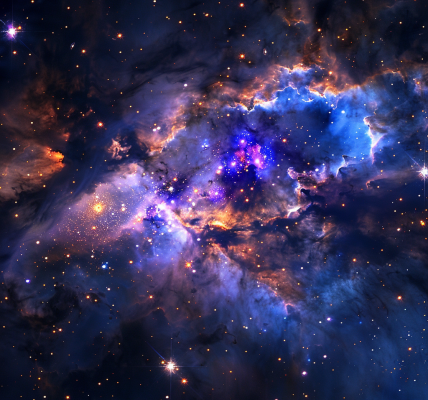We have recently completed maintenance on Astronomy.com, and it is important to note that action may be required on your account. The exploration of the Sun is a fascinating endeavor that many are drawn to, despite the warnings against looking directly at the Sun. However, there are safe ways to observe this fiery celestial body without risking harm to your eyes.
While the total solar eclipse of April 8, 2024, may have passed, the Sun’s activity is reaching its peak in its 11-year cycle, providing ample opportunities for observation. So, how can you safely look at the Sun without damaging your eyes?
Safe Ways to Look at the Sun
First and foremost, if you still have eclipse glasses, do not discard them! These glasses can be used on any sunny day to view the Sun safely. Additionally, for a closer look at the Sun through a telescope, there are two main types of filters that can be used.
White-Light Filters
White-light filters are dark neutral-density filters that block 99.999 percent of the Sun’s light. They come in two main categories: glass filters and film filters. Glass filters are more durable and safer for group events, although they may not produce images of the highest quality compared to film filters. Film filters, such as Baader film or mylar, offer sharp views of the Sun and can come in different colors, ranging from white to golden yellow. It is important to inspect film filters for any damage before use to ensure safety.
Hydrogen-Alpha Filters
Hydrogen-alpha filters, also known as Hα filters, pass an extremely narrow slice of the optical spectrum centered around the 656.281-nanometer wavelength. These filters are more expensive but provide greater detail in observing the Sun. The images produced by Hα filters appear vivid red, offering a unique perspective on solar activity.
Specialized Hα telescopes, such as the Coronado Personal Solar Telescope or Lunt telescopes, are designed for solar observation. Alternatively, devices like the DayStar Quark can add Hα observing capabilities to various telescopes, although an energy rejection filter is still required for safe viewing.
With these safe methods and tools, you can continue to explore and observe the Sun’s fascinating features without putting your eyes at risk. Stay curious and enjoy the wonders of our nearest star!





